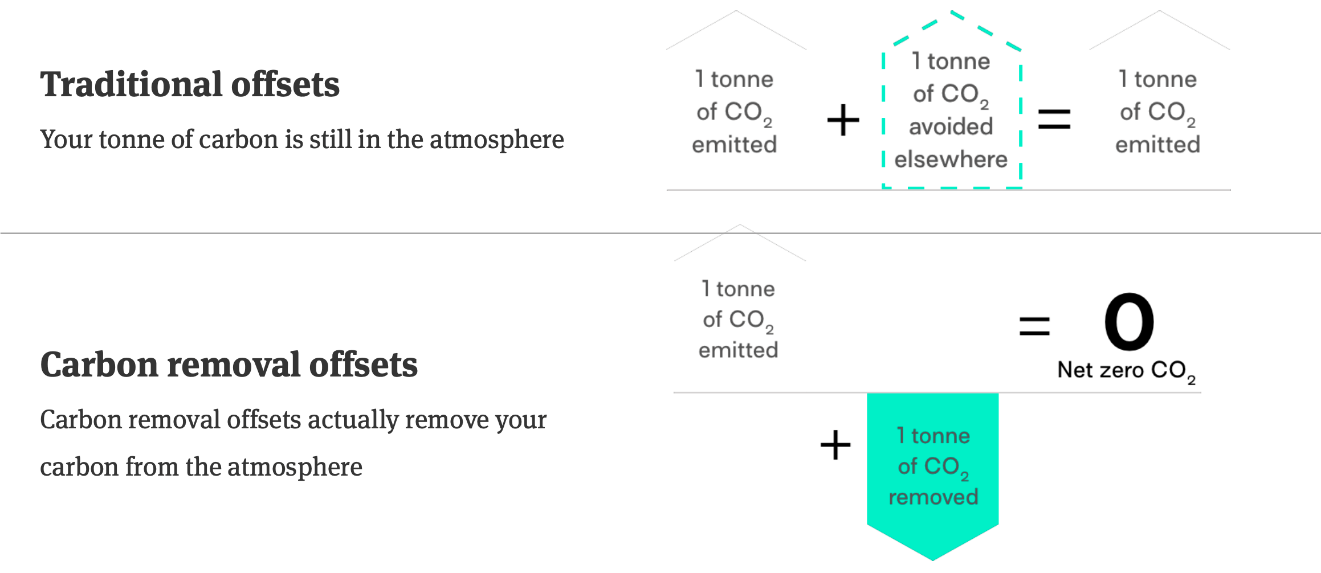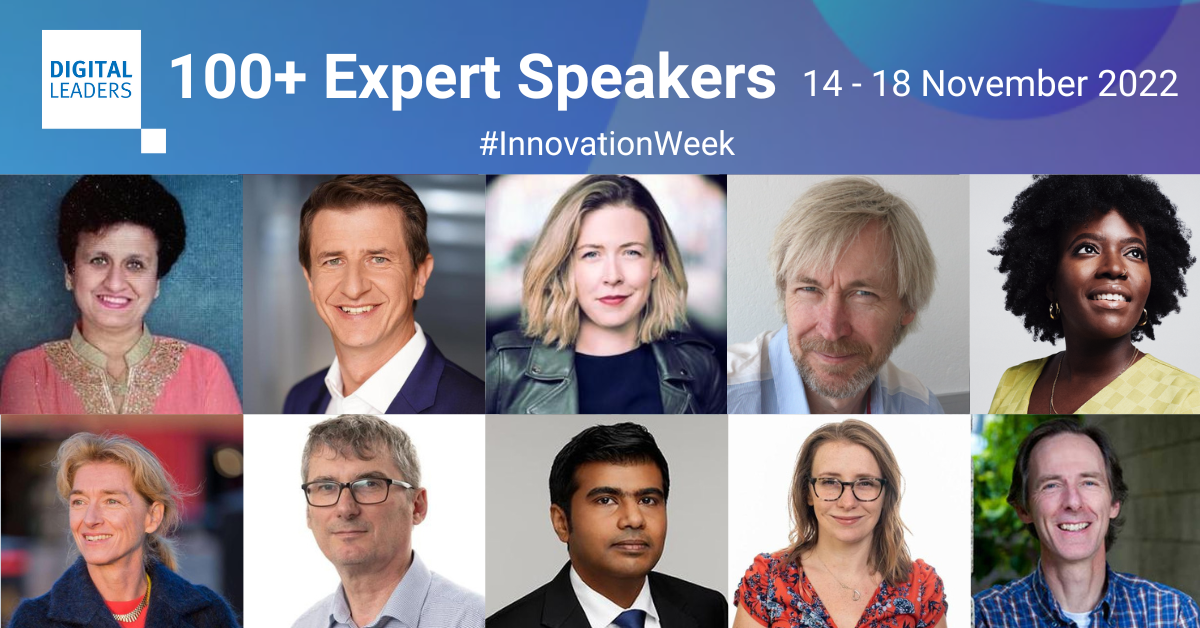The internet now has a larger carbon footprint than the airline industry. It equates to 3% of global emissions, and this number is continuing to rise due to the rapid expansion of internet access worldwide.
As digital-first businesses, we all have a responsibility to help reduce digital carbon footprints. But where should you start? And how can you do so in a way that’s both planet-friendly and great for your business?
James Cannings, co-founder at MMT and Chief Sustainability Officer at MSQ, has recently shared his advice at the Digital Leaders Week 2022. You can watch the full recording of James’s talk here.
In this blog, we break down the vital topics that James discussed, and explain the key areas that businesses will need to consider if they are to successfully implement a green digital transformation in their organisation.
THE BENEFITS OF GREEN DIGITAL TRANSFORMATION
We know that everyone should be creating green digital platforms in the face of the climate emergency but doing so can be also great for your business.
Firstly, it will increase brand loyalty and help to attract new customers. Consumers are becoming increasingly purpose-driven and want to work with brands that align with their values. Businesses that commit to a low carbon digital strategy are putting themselves front of mind with ‘conscious consumers’, a group that’s only going to continue to increase over the next 5 to 10 years.
Secondly, it’s a win-win for UX. Low carbon websites and green digital platforms often go hand in hand with accessibility. Halving the steps in a user journey will lessen the carbon footprint, while also improving the user experience of your product. UX experts will already know how simple user journeys with faster loading speeds improve conversions and are key to the success of heavyweights such as Amazon.
However, we need to be mindful of the unintended consequences that these experiences can create. Whilst Amazon 1-click might be a masterclass in digital carbon footprint reduction, if it changed behaviours and drove an increase in consumers buying goods that they don’t need or want then the impact on the planet may not be positive.
PLANNING FOR YOUR GREEN DIGITAL TRANSFORMATION
If your organisation is going to deliver a green digital transformation, a watertight strategy that will help you deliver a high-quality low-carbon website is the key to success. You need to examine how your green initiatives will work as part of your broader digital strategy and how they align with your wider corporate objectives.
These three considerations will act as a good starting point:
1. Can you measure the footprint of your digital business solutions?
Think about how you can begin to streamline your digital assets. Does your business web platform have bulky integrations, large images, videos that auto-play or a long digital sales process? These can be refined to display just the essential content to your customer, which will improve the user experience and reduce the carbon emissions too.
When it comes to measuring and tracking the progress of your green digital platforms, you can take advantage of free resources like The Green Pages. It's a low carbon website hosted on a sustainable green energy-powered data centre, which provides a crowdfunded list of resources to help businesses and individuals track and reduce their emissions.
2. Do your digital solutions have carbon emission benefits?
Whilst tracking the success of the solution is key, it is not simply a case of measuring carbon emissions. You’ll need to embark on a journey of continually looking for business solutions and improvements that will help lower digital carbon footprints.
Ask yourself, what are the online and offline touchpoints of your green digital transformation? How does the online experience connect with the offline world and, what’s more, is there are a carbon emission benefit to it? For example, in the case of an ecommerce business, if you utilise an electric delivery fleet, an online purchase will release far less emissions than individuals driving to the store.
To determine whether your green digital transformation is a success, you will need to keep tracking your progress. Your solution can deliver tangible emission benefits if you’re looking to involve your green initiative at every stage of the customer mapping process, so think carefully about how this can be executed.
3. Can you further reduce digital carbon, based on grid emissions?
Grid emissions refer to the amount of emissions generated by each kWh of electricity in a country. The higher the grid emission factor in the country that is using your digital product, the higher the digital emissions will be. It’s possible (for some countries) to access grid emissions in real-time.
A smart air conditioning system could use this to switch off for a short period of time if the amount of renewable energy being produced at that moment was low. But we’ve also seen some great examples of websites suggesting that you unplug your laptop and use your battery for a while until the situation changes.
WHAT ELSE CAN YOU DO TO MAKE A DIFFERENCE
While green digital transformation can go a long way to improve your organisations environmental impact, it’s something that should be considered in combination with a broader offsetting strategy.
Traditional offsetting (like protecting forests, or investments in renewable energy projects) simply stop the situation from getting worse, but they do nothing to bring your emissions back in to balance. A viable option for larger companies can be the ‘permanent carbon capture’, or carbon dioxide removal, which uses a range of techniques to effectively trap carbon emissions from the air and store it permanently.
Tree planting is often the most simple, cost-effective way to counter the emissions produced by digital platforms, and it has important biodiversity benefits too. However, the long-term impact of tree planting can be debateable, so it’s important to implement this method alongside other, more robust, offsetting techniques.
No less important, when embarking on a carbon reduction journey as a company, it’s imperative to avoid the pitfalls of the complexity of ‘green’ language which, when misunderstood, can lead to unintentional greenwashing. For example, knowing the difference between carbon offsetting and carbon removals is critical as it’s inherently linked to the difference between a carbon neutral strategy (a term that is highly misleading to most) and Net Zero.

SUMMARY
Whether you’re a large global organisation or an SME, green digital transformation is a great way to start reducing your digital carbon footprint.
By focusing on reducing your digital estates’ carbon output, and utilising available offsetting techniques, we can continue to make progress towards a greener, cleaner web that helps the planet.
If you want support with your digital footprints, MMT can help you by conducting a Digital Sustainability Audit, which combines an analysis of your technology setup, infrastructure and customer experience to give you a full picture of the carbon footprint of your digital products.
And if you are interested not only in green digital solutions but also the overall carbon footprint reduction across the whole business, you can take advantage of this free course led by James Cannings to help you examine how to measure and where your company can reduce its overall emissions.
Whichever way you decide to approach it, the time is now, take action or risk being left behind. Watch the full Building Greener Digital Platforms talk here.









